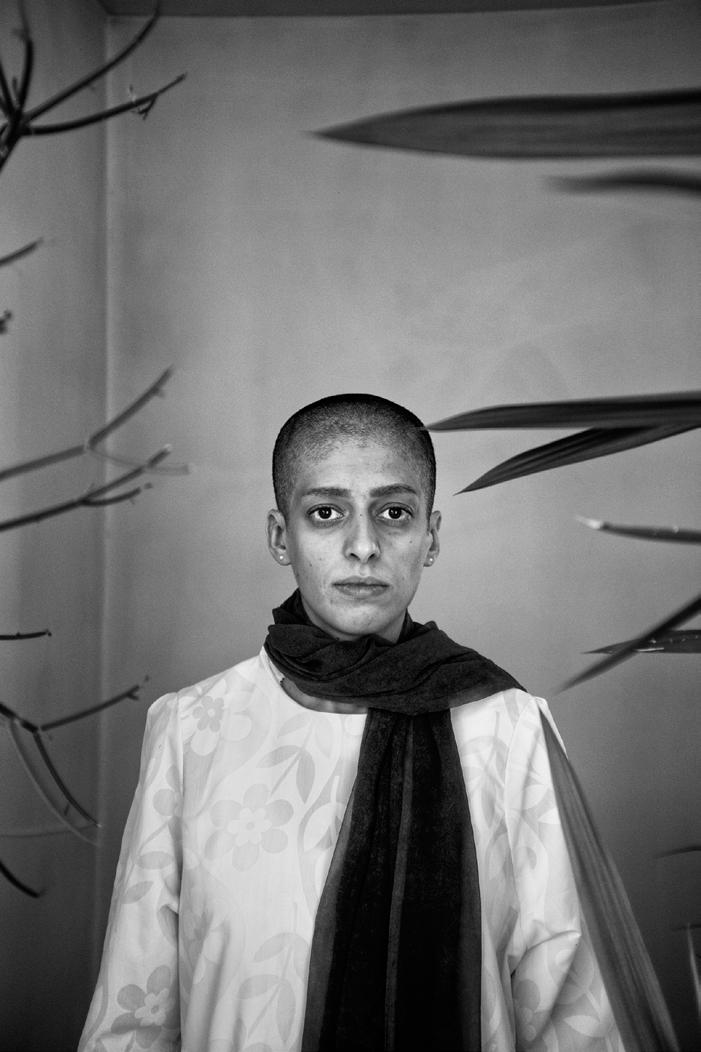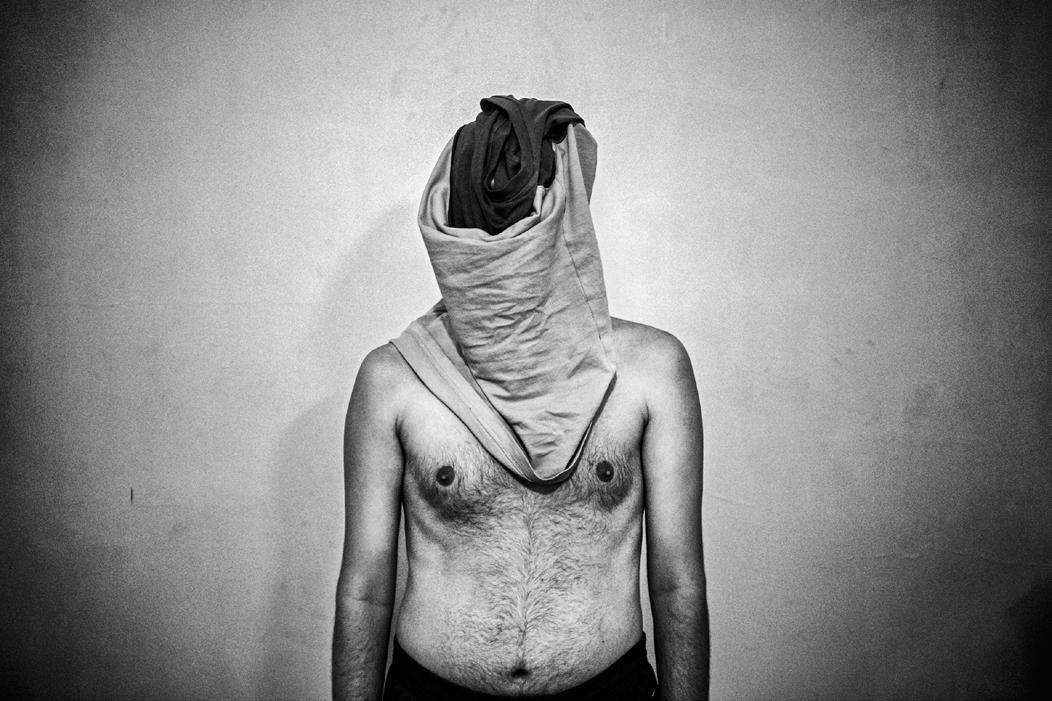
3 minute read
From Labyrinth
Farshid Tighehsaz
This project is about the fears and the repercussions of the Islamic revolution in Iran, as well as the impact of eight years of war, in the frame of the possibility of potential future.
After forty years from the start of the revolution, we became the generations thrown into a labyrinth of ideologies. Our identity is like a bubble that refers neither to historicity nor to the modern world. Any demand for social justice and identity is suppressed by the system. Institutions and departments do not accept any views other than the ruling one. All this destroys the space for growth and hope. Discrimination by the fundamentalist thinking towards the greatest part of Iranian society comprised mostly by youth belonging to the middle-class makes a hard dichotomy. These portraits of dichotomy are of the youth without a future, portraits of hopelessness, unemployment, and anxiety.
War, discrimination, poverty and abuses imposed by the government have changed our culture to the ‘culture of fear’. Resilience has been destroyed in the face of misfortune.
In this climate of fear, ‘the others’ are always incognito. Anxiety fills the cafés, the streets, events and everywhere people get together. The others, their actions, whilst consistent with societal expectations, are corrupt, showing how fraudulent their society really is. Despite the fact that on the surface many of these characters act in certain ways, giving moralizing advice to everyone, they rarely show their true colours, preferring instead to present to the world the masks they wear. A hallucinatory reality that rushes into the surreal, a society as corrupt as it is cynical and silly. Their banality, with a characteristic national flavouring of metaphysics and high morality, and a peculiar conjunction of the sexual and the spiritual, encompasses triviality, vulgarity, and a lack of spirituality. The lack of trust makes us introverted and afraid of expressing ourselves in a clear language. Each day we become more and more alone. All this fear takes control of each individual’s life and identity, in ways that are unique to every person.
The constant repetition of these negative emotions transforms our perception of life and our surrounding world. This heavy burden transmutes into a permanent status of apathy; in essence it is like being in limbo. Such limitation often leads to depression, violence and suicide.
In this situation the best cure for many seems to be the will to emigrate to a happier future. With lives spent in a vacuum, one feels homelessness deep inside. The same homelessness that belongs to the place we are born in as well as to where we wish to go. See: www.farshidtighehsaz.com
In the alleys of tradition. In Iran streets belong to the ruling ideology. Tabriz, 4 November 2014.
Prayers for Eid al-Fitr near the border of Turkmenistan. 12 September 2016.

Celebrate the 38th anniversary of the Islamic Republic of Iran. Tabriz.

Love is difficult when you can’t touch. Tabriz, 1 December 2014.

Concealing from the eyes. Tehran, 30 July 2015.

Soheila 30. She cut her hair because of her depression. In 1936, as part of his westernizing crusade, Reza Shah banned the veil. To enforce this decree, the police were ordered to physically remove the veil from any woman who wore it in public. After the revolution in 1979 the hijab has once again become a symbol, this time of the ideology and power of a regime over its people.

Fear of the naked body and gender issues hanging on the minds of these generations. Tabriz, 21 January 2015.





